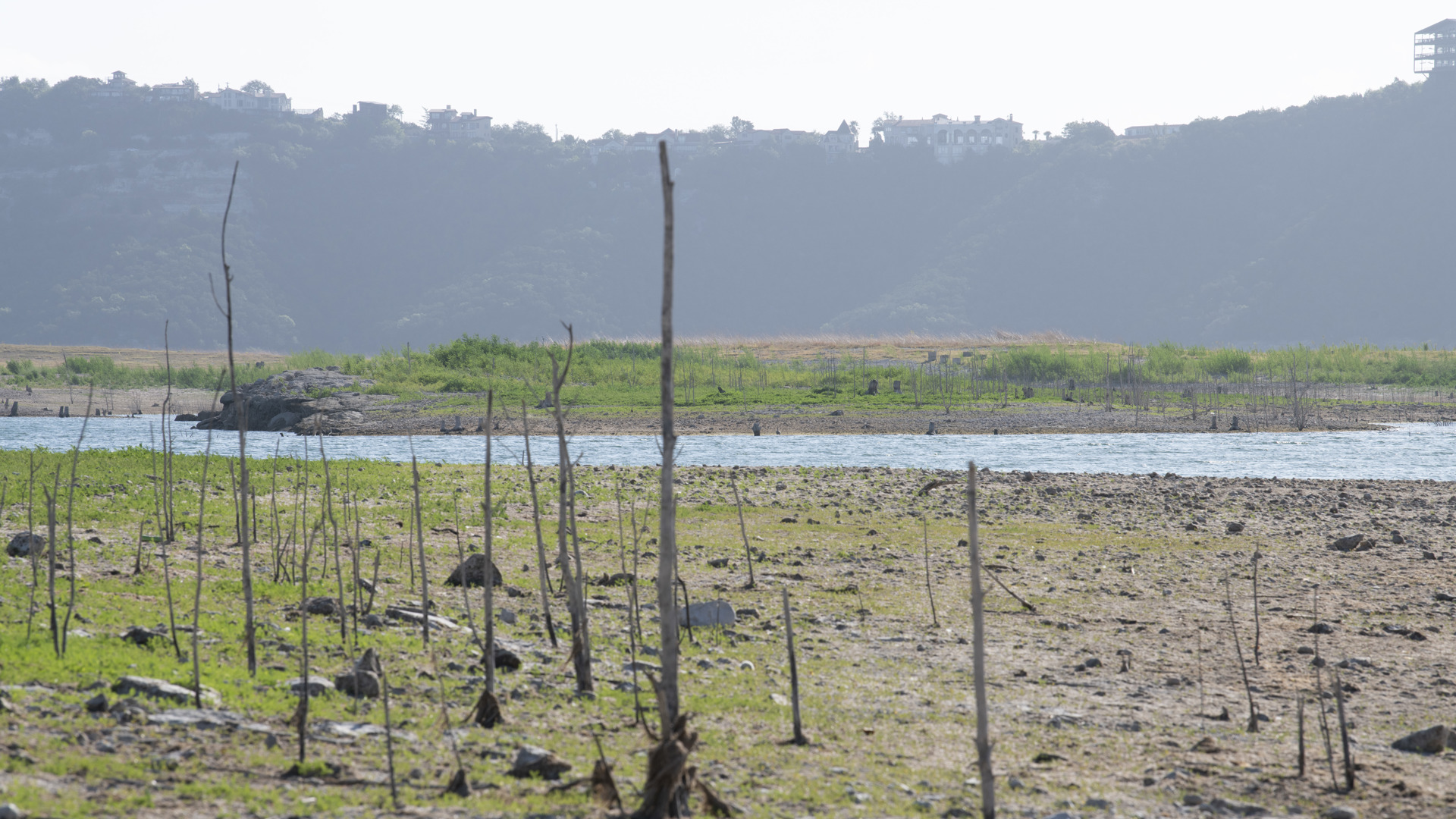AUSTIN, Texas —
Much of Central Texas is no longer in a drought thanks to recent rainfall.
Right now, the U.S. Drought Monitor shows residents in several counties – including Travis, Williamson, Bastrop, Burnet and Llano – are out of drought conditions. So why are many areas, like Austin, still under drought water restrictions?
For the answer, we need to consider our area's water supply and define the different types of droughts. According to the National Centers for Environmental Information, there are four kinds: meteorological, hydrological, agricultural and socioeconomic. A meteorological drought happens when dry weather patterns dominate an area and can also quickly start and end, while a hydrological drought takes longer to recover.
Much of the KVUE viewing area is out of meteorological drought because of recent rainfall. But it's the impact of that rainfall that concerns water managers and other water experts.
Our area remains under a hydrological drought, which occurs when low water supply is evident.
A look at the combined storage level of our area's two water supply reservoirs, Lake Travis and Lake Buchanan, shows 56% full. Another example of hydrological drought is Jacob's Well, which is closed to swimming for a second year in a row.
John Hofmann is the executive vice president of Water for the Lower River Colorado Authority (LCRA).
“We didn't have really a drought-breaker from a hydrologic drought standpoint,” Hofmann said.
Last week, the LCRA moved from Stage 2 to Stage 1 of its drought contingency plan. But Hofmann said there is still a need to conserve water in the summer months when outdoor water use is higher.
“We need to conserve water to be able to meet that target level of 10% reductions [10% is the goal under Stage 1 of LCRA’s drought contingency plan.] And again, inside the homes is really not as big of a concern as what we see out on the lawns and on the landscapes … Small decisions can make big impacts when they're done in the collective sense," Hofmann said. "And when we look at Central Texas, some of the biggest decisions that we can make in terms of driving water usage are things like, what type of plants do we put out into our gardens? What type of turf do we install? And how often do we water it? How are we approaching things like our swimming pools or covering the swimming pools, so we stop them from evaporating several inches a day? Things like that can really drive water consumption in our region."
RELATED: Austin Water presents billion-dollar water management strategies as it revises conservation plan
Hofmann also said LCRA’s water supply is in good shape as we head into the summer. But having an adequate water supply in the future is uncertain.
With population growth and aging water infrastructure affecting supplies, Hofmann said it will take aggressive conservation and finding new water supplies to avoid a shortage in the future.

